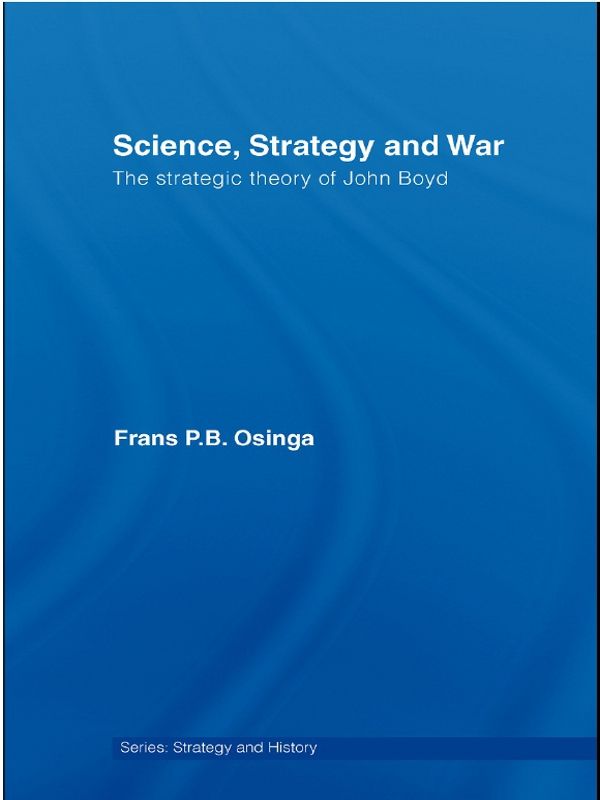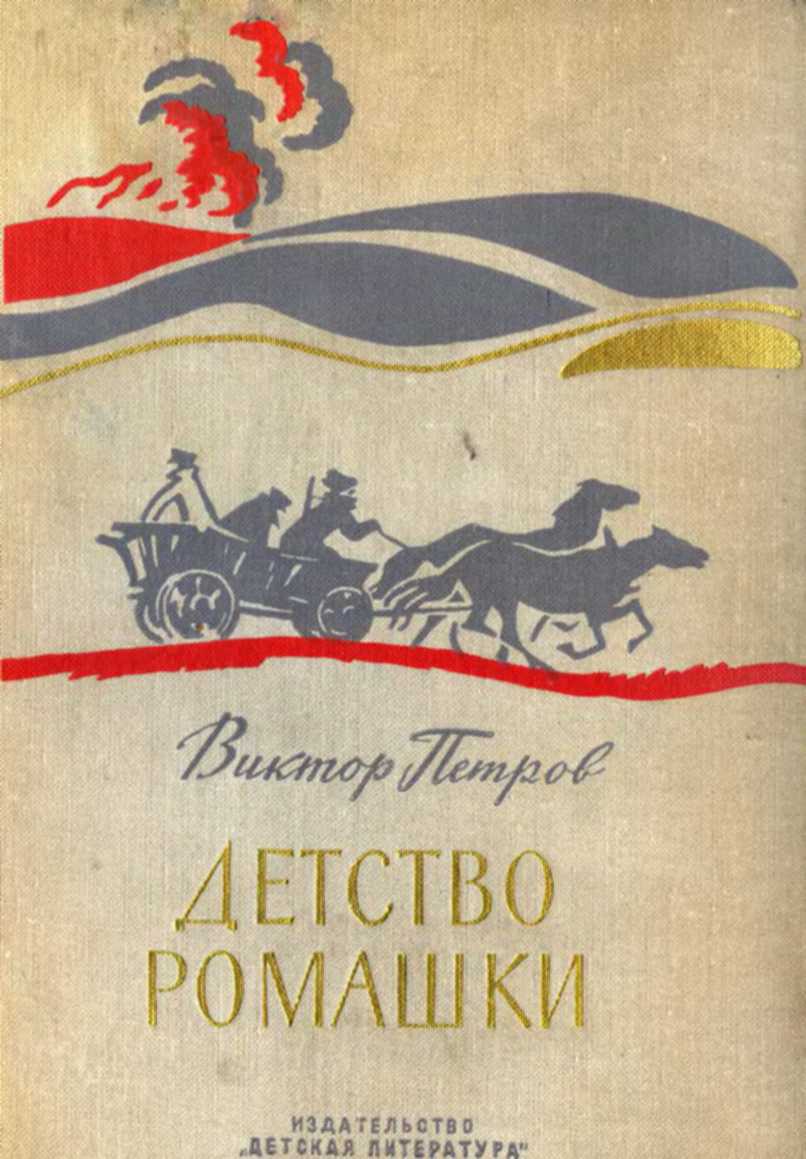www.belisarius.com/ modern_business_strategy/beckerman/non_linear.htm (accessed 27 April 1999). This article, though technical, is often referred to. She regards attrition style warfare as a linear process and, interestingly, refers to Boyd’s OODA loop as a model which captures the dynamics of non-linear systems; and Jason B. Tanner, Walter E. Lavrinovich and Scott R. Hall: ‘Looking at Warfare Through a New Lens’, Marine Corps Gazette, Vol. 82, No.. 9 (September 1998), pp. 59–61; David S. Alberts and Thomas Czerwinski, Complexity, Global Politics, and National Security, Washington, D.C.: National Defence University Press, 1998; and Thomas J. Czerwinski, Coping with the Bounds, Speculations on Nonlinearity in Military Affairs, Washington, D.C.: National Defence University Press, 1999. For a recent study relating Clausewitz to chaos see Stephen J. Cimbala, Clausewitz and Chaos, Friction in War and Military Policy, Westport, CT: Praeger, 2001, in particular Chapters 1 and 7.
142 Ibid., pp. 12–13.
143 James Burton, The Pentagon Wars: Reformers Challenge the Old Guard, Annapolis, MD: Naval Institute Press, 1993, pp. 46–7.
144 Boyd, Strategic Game of ? and ?, p. 12.
145 Hammond, op. cit., p. 15.
146 Boyd, A Discourse, Abstract, p. 2.
147 Alberts and Czerwinski (1998), op. cit., Preface, p. 1.
148 Boyd, The Essence of Winning and Losing, p. 5;
149 Hammond, op. cit., p. 12; Coram, op. cit., p. 330.
150 On the merit of metaphors see for instance Morgan, op. cit., Chapter 11. The first three metaphors I mention here are directly from this book, Chapters 3, 4 and 8.
5 Core arguments
1 Grant T. Hammond, The Mind of War, Washington, D.C.: Smithsonian Institution Press, 2001, p. 118.
2 Grant T. Hammond, ‘The Essential Boyd’, unpublished paper. Online. Available at: www.belisarius.com (Accessed 4 June 2000), p. 8.
3 In the essay Boyd frequently inserts a number that refers to the number of a book listed in the bibliography attached to Destruction and Creation, and indicates the source for a particular insight. For clarity, here both the number and the works referred to are given. The entire bibliography can be found in Annex A. The sources Boyd refers to here are books number 11: Nicholas Georgescu-Roegen, The Entropy Law and the Economic Process; and 13: Robert Heilbronner, An Inquiry into the Human Prospect.
4 Ibid.
5 Here Boyd refers to sources 28: Michael Polanyi, Knowing and Being; and 24: Alex F. Osborne, Applied Imagination.
6 Boyd refers to Osborne again.
7 Again Boyd refers to Polanyi.
8 Here Boyd refers to sources 14 and 15: two works of Werner Heisenberg: Physics and Philosophy, and Across the Frontiers.
9 Boyd refers to source 27: Jean Piaget, Structuralism; as well as to both works of Heisenberg listed above.
10 Besides the two works of Heisenberg, Boyd here refers to source 19: Thomas Kuhn, The Structure of Scientific Revolutions.
11 This description of the dynamics of normal science Boyd derived from Kuhn.
12 Ibid.
13 Ibid.
14 Ibid.
15 Boyd refers to sources 12: Kurt Gödel, On Formally Undecidable Propositions of the Principia Mathematica and Related Systems, pages 3–38, ‘The Undecidable’; and 23: Ernest Nagel and James Newman, Gödel’s Proof.
16 Boyd derived this insight from sources 29: Jagjit Singh, Great Ideas of Modern Mathematics; and 27: Jean Piaget, Structuralism.
17 Ibid.
18 Boyd refers to source 14 again (Heisenberg (1962)); and source 9: George Gamow, Thirty Years That Shook Physics.
19 Gamow is referred to again.
20 Here Boyd refers to source 3: Spencer Brown: Laws of Form.
21 Gamow.
22 Heisenberg (1962).
23 Brown.
24 For this introduction to thermodynamics Boyd consulted Georgescu-Roegen and source 20: David Layzer, ‘The Arrow of Time’, an article in Scientific American of December 1975.
25 Layzer is referred to as the source.
26 Ibid.
27 As before, these are Boyd’s own words.
28 Here Boyd refers to sources 27: Jean Piaget, Structuralism; and 28: Michael Polanyi, Knowing and Being.
29 Patterns of Conflict, p. 2, underlining as in original. Where used in the following chapters, underlining directly follows Boyd’s text.
30 Ibid., p. 5.
31 Ibid., p. 7.
32 Ibid., p. 10. In the essay Boyd shows an awareness that various other survival strategies exist. Cooperation as the optimal mode for long-term survival often overrides the short-term strategy of direct conflict. Interestingly, Darwin actually stated that ‘it’s not the strongest who survive, but those most responsive to change’, a message Boyd would strongly agree with. Survival is the consequence of differences in fitness, resulting in greater reproduction, along with persistent variation in heritable traits that make for fitness differences. See Robert Brandon and Alex Rosenberg, ‘Philosophy of Biology’, in Peter Clark and Katherine Hawley, Philosophy of Science Today, Oxford: Oxford University Press, 2003, in particular pp. 167–75.
33 Ibid., p. 11.
34 Ibid., p. 12.
35 This refers to the use of ‘the orthodox and the unorthodox’ methods of employing troops, as discussed in Chapter 3.
36 Ibid., p. 16.
37 Ibid., pp. 19, 24.
38 Ibid., p. 24.
39 Ibid., p. 25.
40 Ibid., pp. 27–8.
41 Ibid., p. 28.
42 Ibid., p. 31.
43 Ibid., pp. 30–1.
44 Ibid., pp. 33–4 for the following section.
45 Ibid., p. 31. Here he obviously followed the contentious views of Liddell Hart, Lawrence and Fuller. As Azar Gat makes clear, Liddell Hart too made the mistake of missing the points that (1) the allied forces learned during the protracted wars against Napoleon and (2) that the blatant aggression led to their adoption of several tactical and stragical methods of Napoleon, including mass mobilization. So Napoleon’s failure cannot be attributed to his tactical concepts. See Azar Gat, Fascist and Liberal Visions of War, Fuller, Liddell Hart, and other Modernists, Oxford: Clarendon Press, 1998, p. 165.
46 Ibid., p. 40.
47 Ibid., p. 41. Clausewitz actually mentions several other centers of gravity as well. It can be an alliance, a capital, a political leader, and other ‘focal’ points of power. See for a detailed recent corrective Antulio





